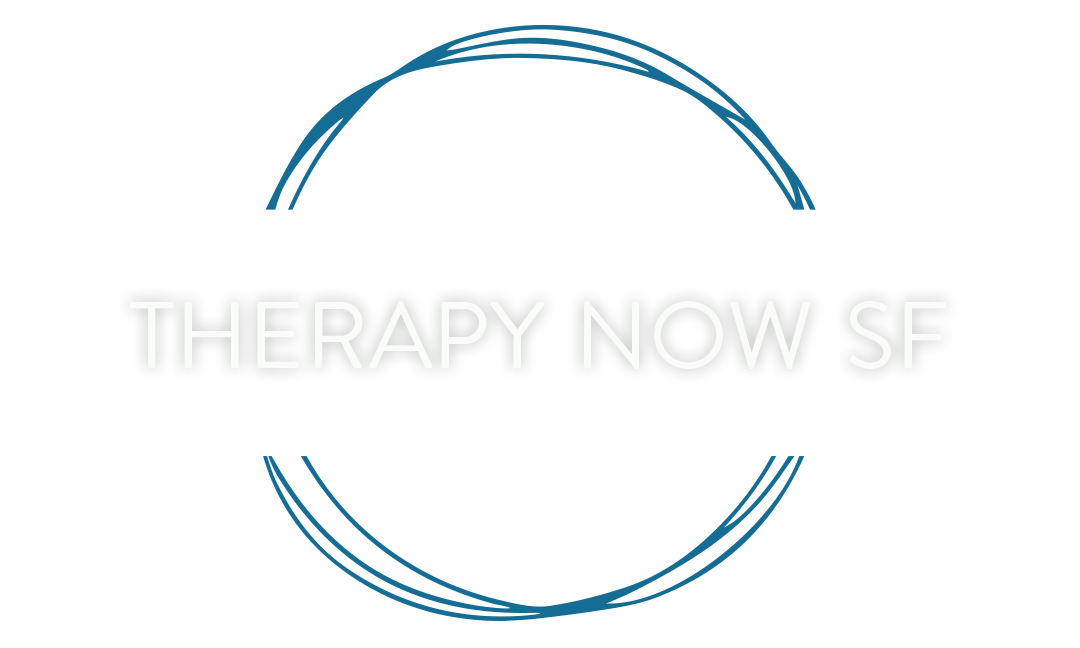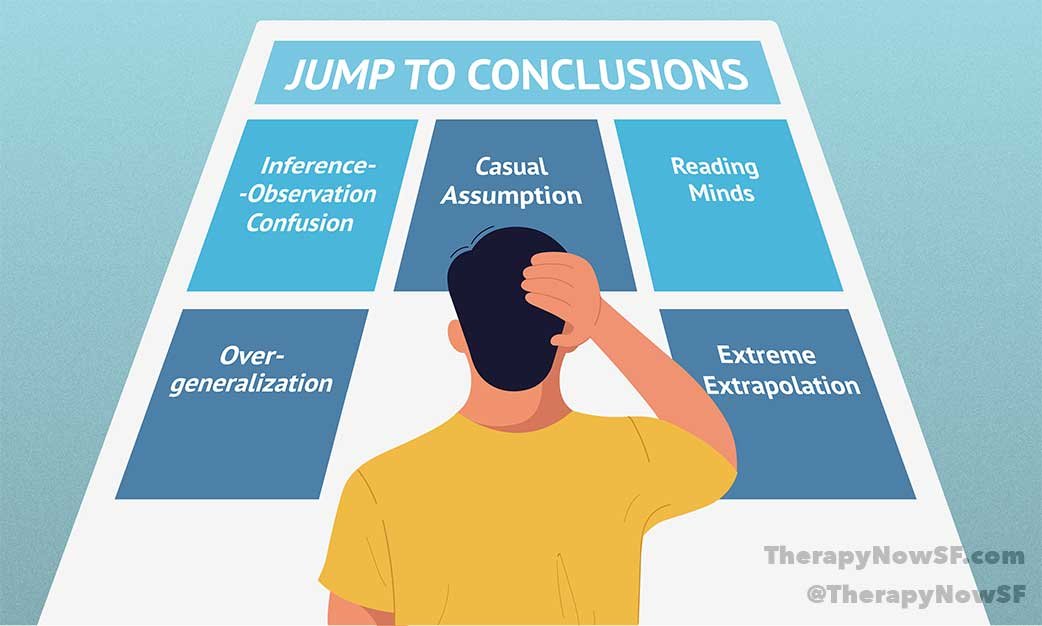Many different cognitive distortions can affect our thinking. One that is particularly common is “emotional reasoning”. In this situation, an individual assumes that because they feel something, then it must be true.
To an extent, we all experience this from time to time. For instance, it’s part of what underlies our penchant for believing things that support our personal biases, often without much in the way of actual evidence. However, Emotional Reasoning goes deeper and can lead to many problems. Let’s take a look at it through the lens of cognitive behavioral therapy.
Understanding Emotional Reasoning
Emotional reasoning is the condition of being so strongly influenced by your emotions that you assume that they indicate objective truth. Whatever you feel is true, without any conditions and without any need for supporting facts or evidence. This is often tied to negative emotions and mental states. For instance, a teenager who feels that they are stupid and ugly must actually be unintelligent and unattractive.
In these situations, your emotions may even override your feelings, behaviors, and logic. Emotional reasoning can stem from many different situations, but most are traumatic or involve danger of some sort (either real or perceived).
For instance, Heather is a 20-something professional. She’s driving home one evening from work when a serious thunderstorm blows up. Before she can find somewhere safe to pull over and find shelter, Heather hydroplanes in a puddle and is involved in an accident. While she was physically unharmed, and the damage to her car was minor and covered by insurance, Heather refuses to drive in any rainy weather thereafter, believing that she will get into an accident.
How to Overcome Emotional Reasoning
Overcoming emotional reasoning can be difficult, but it is possible. To explore how it is possible, we will use Heather as our example once more.
Heather feels afraid whenever she is behind the wheel and the weather becomes inclement. To help herself overcome the situation, she can recognize what she is feeling, acknowledge it, but then instead of engaging in negative self-talk and telling herself that she’s in danger, she can reassure herself that this feeling will pass.
The Connection with Panic Disorder
Emotional reasoning is often connected with panic disorder. People who struggle with emotional reasoning often engage in negative self-talk that escalates their emotions, leading to a full-blown panic attack. For instance, if Heather continued to focus on her fear of driving in the rain, telling herself that she knows she is going to have an accident, there is a very good chance that she will work herself into a panic attack. There is also the chance that the panic attack will precipitate an auto accident, creating a self-fulfilling prophecy and further reinforcing Heather’s emotional reasoning.
With patience, time, and the realization that simply because you feel something does not make it true, you can begin working to change the situation. Working with a therapist can also help you explore your emotions and how they affect your thinking, beliefs, and actions.






